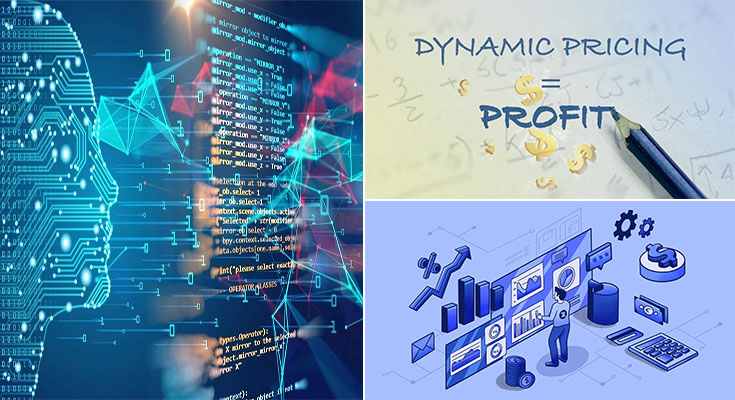Dynamic price optimisation is often a way of adjusting the rates of products in true time. This technologies is applied to anticipate alterations in customer demand based on charges and solution traits, and to identify the sensitivity of every consumer to price modifications. One of the most popular use of this technique is in retail, because the cost of a item could be the principal broker for the acquire selection. Other applications involve transportation, hospitality, and eCommerce.
Machine finding out application gains expertise from information, and is capable of solving troubles with out programming. The additional data a machine mastering program processes, the improved it becomes. The truth is, the a lot more information fed to it, the far better it’ll get at solving a problem. Alex Shartsis, a professor of artificial intelligence at Harvard Enterprise School, says that dynamic pricing can be a problem only AI can solve. Rule-based systems lack the flexibility to make continuous price adjustments and are unreliable on the subject of assessing competitive pricing.
Although Thompson sampling has become the standard decision for dynamic price optimisation, several other algorithms exist. They are specifically made to solve extra complex multi-armed bandit problems, such as those requiring greater than one particular price. These algorithms are frequently primarily based on sophisticated formulations from the multi-armed bandit trouble. They use more data to improve their overall performance. Some algorithms are much more sophisticated than Thompson sampling. The ideal algorithm for this task could be the one that makes use of probably the most sophisticated machine learning approaches.
Machine learning and artificial intelligence go hand in hand, with ML and AI operating together to enhance the accuracy of predictions made with these technologies. Though the latter isn’t a universal remedy to dynamic price optimisation, ML and AI are now broadly employed to predict the future. A machine mastering model will aid to predict the future of a product primarily based on its historical information and its impact on sales. The objective of an excellent algorithm is usually to maximize revenue and profitability for a business.
As digitalization continues to boost the complexity of retail, the challenges in setting the optimal price is rising exponentially. Consequently, a dynamic price optimisation algorithm is usually a great assist in this context. The algorithm performs using the data that is currently available to it. It will be capable to detect modifications in demand and decide irrespective of whether a price change would enhance the product’s sale. In the event the software has adequate data, it’ll study the very best costs for any product primarily based around the data it has received.
Also to machine learning, AI may also be utilized to create algorithms to automate processes. Machines is often trained to determine and interpret complicated data, and they could also use large data to personalise customer support, predict stock levels, and propose goods. Eventually, this technologies can be a excellent tool for implementing dynamic pricing. The ideal artificial intelligence algorithm will assist to improve efficiency of companies by predicting costs in actual time.





